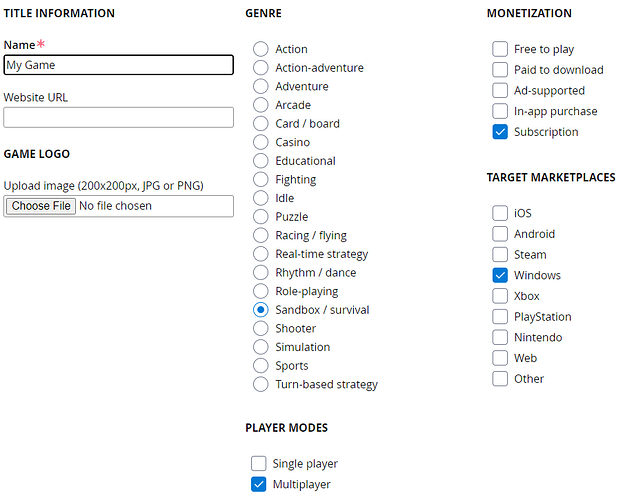Hello! My background is in full stack dev with .NET, SQL, MySQL, IIS, Azure and AWS/EC2, but I have never done a game or game networking before. I’m intending to make an MMORPG scaled for many hundreds of players, or a few thousand (I’m not crazy enough to think in the millions).
Do you folks have any basic, practical guidance for me?
Ignoring all the other components for player accounts etc for the sake of discussion, one way of doing it might be: -
- Client game graphics/sound/behaviours
- Adding streamed terrain coming from a “dumb” cloud service
- Adding multiplayer via new authoritative game server (as a headless version of the client?)
Or should I have my server technology from the very start before I’ve even got a default skybox saved? Can I have server clustering or other scale options?
Obviously, I have waay too many questions here, and I will need a team to realise the vision.
What worked for you? What doesn’t work? Ignore my specific questions and just rant about networking? I am all ears! 
 but it all starts with one dedicated server managing one playing client’s experience.
but it all starts with one dedicated server managing one playing client’s experience.